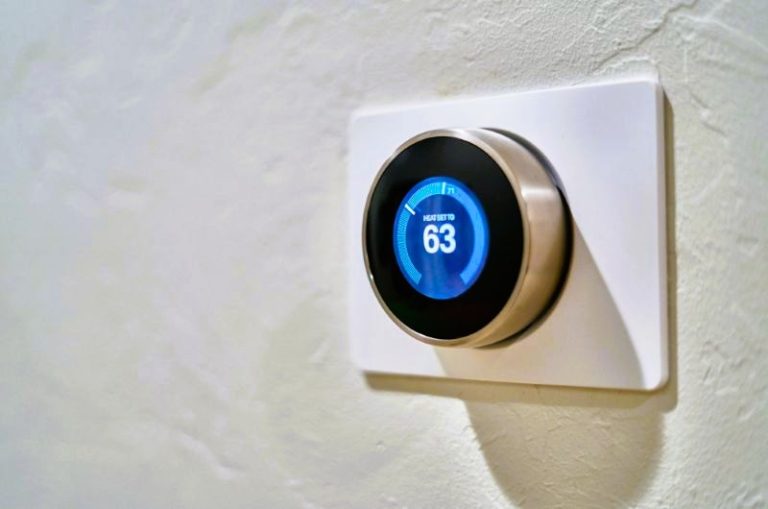

Field printers are revolutionizing the construction industry, bringing a new level of efficiency to job sites. These devices, designed for use in challenging environments, allow for on-the-spot printing of documents, plans, and labels. As construction projects become more complex, the demand for immediate access to updated information grows. Field printers are emerging as a critical tool for meeting this need, enhancing both speed and accuracy on-site.
This post will explore what is a field printer, the financial benefits and productivity improvements that they offer to construction operations. It will discuss how these devices contribute to cost savings, reduce downtime, and streamline workflows. Additionally, it will look at real-world examples of successful integration and the long-term advantages they provide. By the end of this piece, readers will have a comprehensive understanding of why they are becoming indispensable in the construction sector.
Understanding Field Printers
So, what is a field printer? Well, it is a robust, portable printing device explicitly designed for use in challenging environments, such as construction sites. Unlike traditional printers, they are built to withstand harsh conditions, including dust, moisture, and varying temperatures. They offer on-the-spot printing capabilities for documents, plans, labels, and other necessary materials directly at the job site. This immediate access to printed information helps streamline operations, reduce downtime, and improve overall efficiency.
Streamlined Workflows and Reduced Downtime
Field printers dramatically reduce the time workers spend accessing and printing necessary documents. Traditional methods often involve trips to and from the site office or waiting for prints to be delivered, causing delays. With them, documents are produced on-site, ensuring workers have immediate access to the information they need. This reduction in downtime leads to significant productivity gains, allowing projects to stay on schedule.
They also support printing labels for equipment, materials, and safety information directly where needed. This capability ensures that labeling is both accurate and timely, reducing errors and improving site organization. As a result, the overall efficiency of the construction process is enhanced, leading to smoother operations and fewer disruptions.
Financial Advantages and Cost Savings
The integration of these devices into construction sites offers substantial cost-saving opportunities. One of the primary financial benefits is the reduction in labor costs. By minimizing the time workers spend on document retrieval and printing tasks, more labor hours can be dedicated to productive activities. This shift not only improves project timelines but also optimizes labor costs.
In addition to labor savings, they help cut down on material waste. Precise and on-demand printing reduces the likelihood of printing unnecessary documents or labels, leading to lower paper and ink consumption. Over time, these savings can accumulate, significantly impacting the overall budget of a construction project. Furthermore, the improved accuracy in labeling materials and equipment helps prevent costly errors and rework, contributing to even greater financial efficiency.
Enhancing Accuracy and Communication
They also play a crucial role in improving accuracy and communication on construction sites. Having the ability to print up-to-date plans and instructions on-site ensures that all team members are working from the most current information. This capability is critical in dynamic environments where changes and updates are frequent.
Enhanced communication facilitated by these printers helps in avoiding misunderstandings and mistakes that can arise from outdated or incorrect documents. This improvement improves coordination among team members, subcontractors, and project managers, fostering a more cohesive and efficient work environment. The result is a construction process that is not only faster but also more reliable and precise.
Long-Term Benefits and Future Prospects
The long-term benefits of integrating these printers into construction operations extend beyond immediate cost savings and productivity gains. As the construction industry continues to evolve, the demand for faster, more efficient, and more accurate processes will only increase. They position companies to meet these demands, offering a scalable solution that can grow with the business.
The adoption of these devices also aligns with broader industry trends towards digitalization and automation. By embracing these technologies, construction companies can stay competitive and better prepared for future challenges. The integration of these devices is a step towards a more modern, efficient, and sustainable construction process.
They are transforming the construction industry by providing significant cost savings and productivity gains. Their ability to streamline workflows, reduce downtime, and enhance accuracy makes them an invaluable tool on job sites. The financial benefits, including labor cost reductions and decreased material waste, contribute to a more efficient and profitable construction process.
The successful integration of field printers leads to tangible improvements in project timelines and overall site organization. Looking ahead, the long-term benefits and alignment with industry trends make field printers a strategic investment for construction companies. Embracing this technology enhances current operations and positions companies for future success in an increasingly competitive market.


